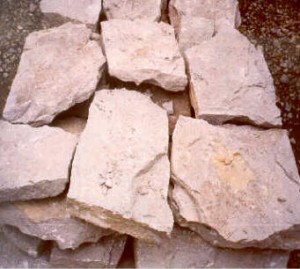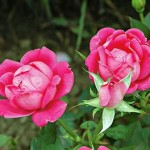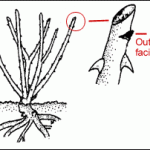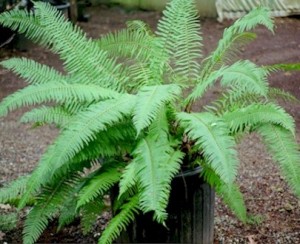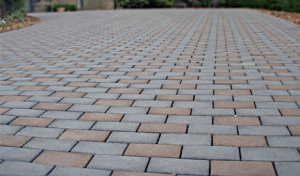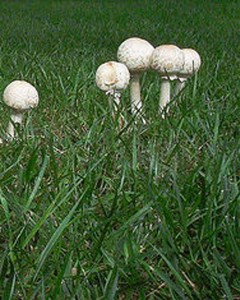Salvaging plants and other garden recycling tip
February 27, 2010 @ 10:36 pm
At Ecoyards, we try where possible to salvage plants, along with concrete, soil, bricks, pavers and nursery pots for reuse. When we redo landscapes for clients, our clients will sometimes ask us to remove or replace certain trees and shrubs. We always try to find new homes for these plants. 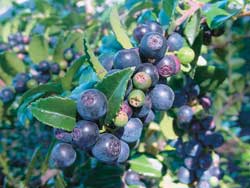 We either give them away to friends or plant them in our own yard.
We either give them away to friends or plant them in our own yard.
King County has a terrific program that rescues native plants from construction sites to replant later at salmon habitat and wildlife restoration projects around the county. The county salvages the plants from sites slated for development and provides them at a low-cost for revegetation projects throughout the state. Native plants such as the evergreen huckleberry (pictured right) attract native wildlife, require little maintenance and water, helps control erosion and runoff, survive better than ornamental plants and are truly Northwest. At Ecoyards, we use native plants in virtually every project we do. Some of our favorites are evergreen huckleberry, flowering currants, and mountain hemlocks.
PlantAmnesty also has a great “green share” program with an active on-line adopt a plant list. You need to be a PlantAmnesty member to view the list, but anyone may list a plant for adoption.
Filed under Seattle Landscape Maintenance Permalink · 1 Comment »
